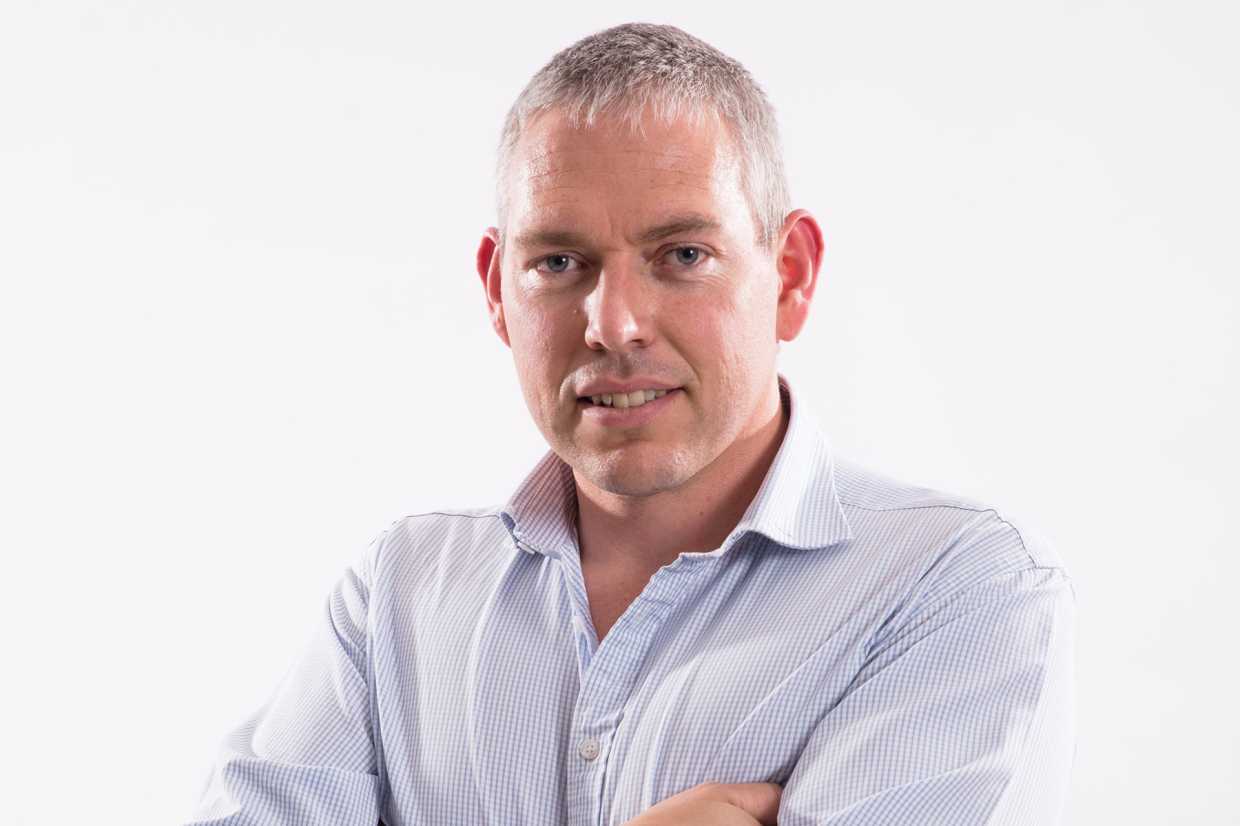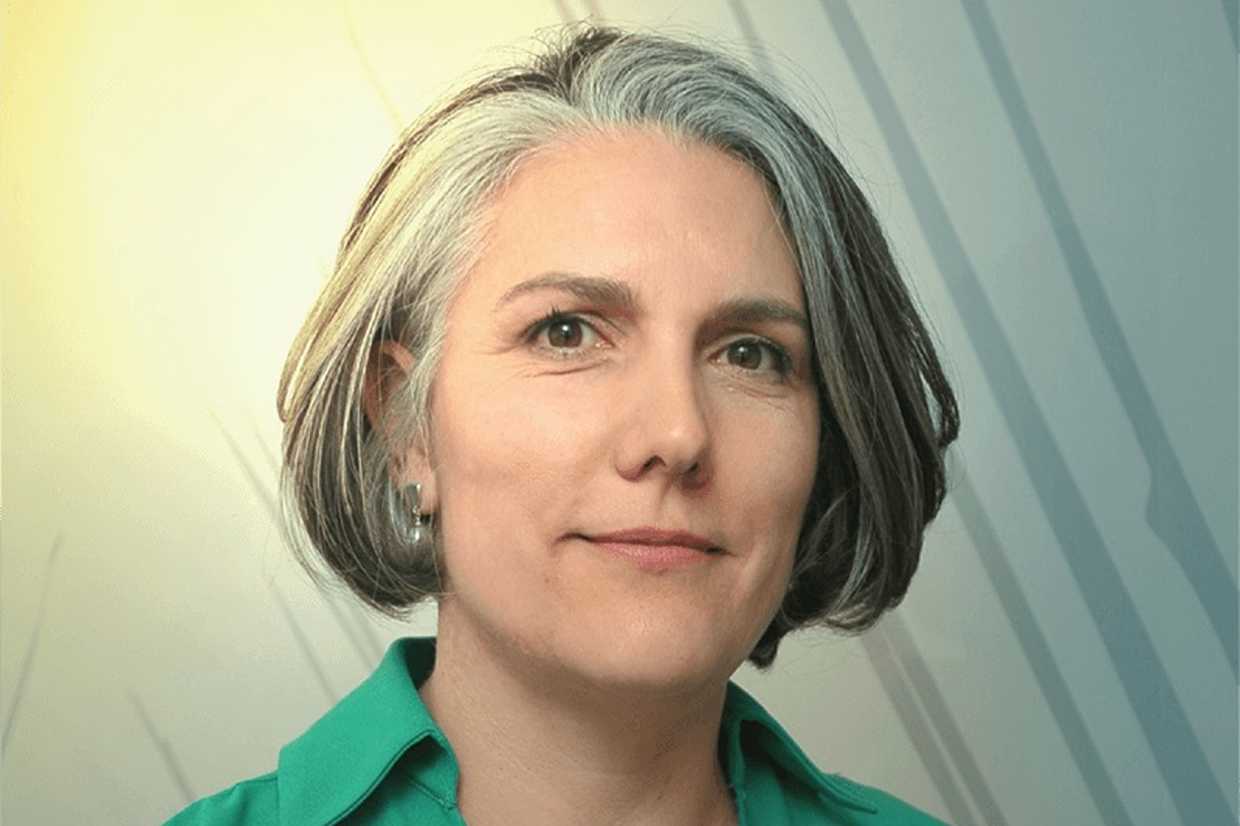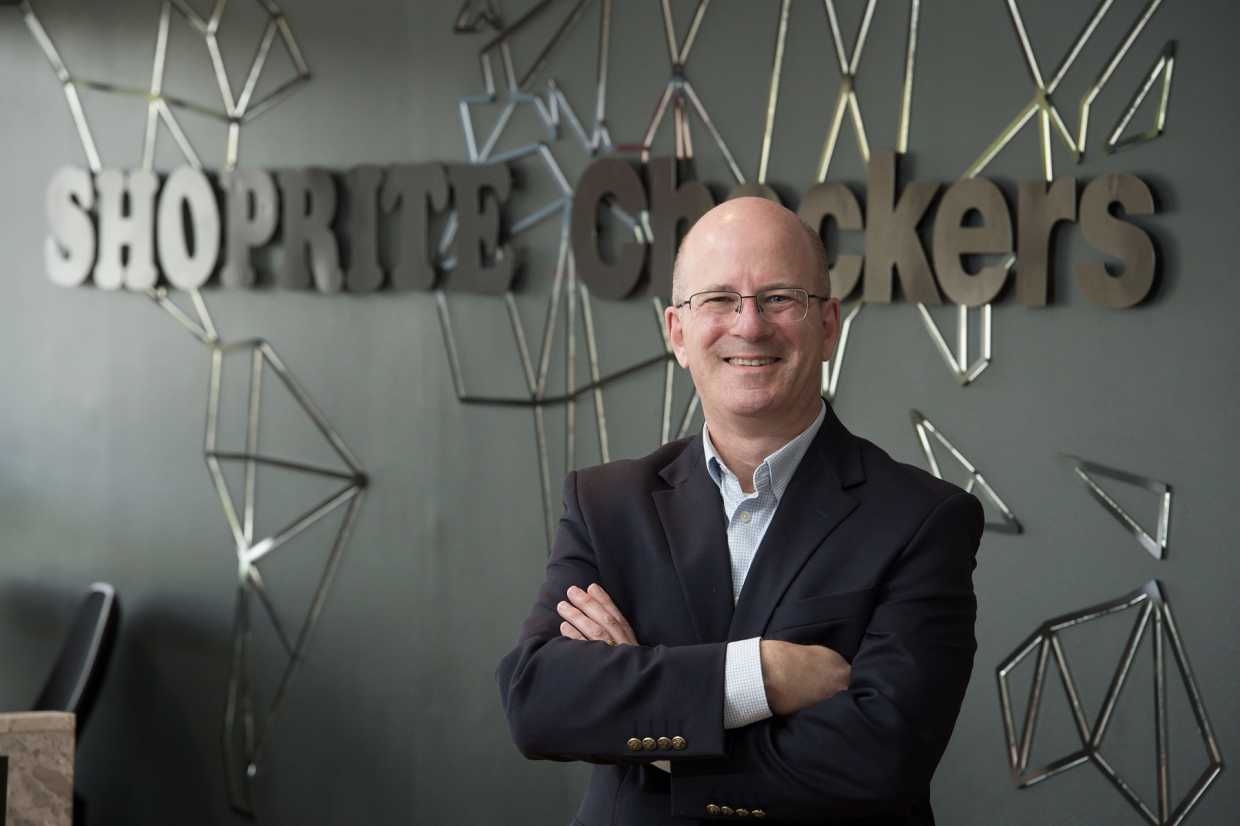📚 7 ways CIOs can build a high-performance team
💡 Newskategorie: IT Security Nachrichten
🔗 Quelle: cio.com
Having a clear vantage point within the organization, CIOs play a vital role bringing together engaged and motivated employees to work toward a common outcome, increase productivity, and achieve better business outcomes. Many CIOs know that a high-performance team is usually greater than the sum of its parts, comprised of talent with highly complementary skills, a broader set of objectives than other teams, and fine-tuned approaches to collaboration and communication. Parallels with sport are often drawn in that simply getting the greatest players together doesn’t guarantee the greatest team because each member has a different function, and each function requires different competencies. The key is understanding where the opportunities lie and how varying strengths can dovetail with each other. That’s when a high-performance team takes shape.
Here’s a look at some of things that modern CIOs do to assemble a high-performance team to maximize potential.
Focus on the human element

Robert Brine, director, cyber and intelligence solutions, Mastercard SA
Mastercard SA
According to Robert Brine, director for cyber and intelligence solutions at Mastercard SA, many businesses focus too much on the technology and struggle with the human element. But if business leaders want to attract and retain talent, they have to think about people. If you have a Formula One team and you spend all your money on the car but your data analyst working in the background has to use an old, beat-up laptop, they’re going to struggle to deliver the insights the team needs to perform optimally.
Prioritise culture

Seugnet van den Berg, founder, Bizmod
Bizmod
When talking about people, you have to think about business culture, so approach it with the same care and dedication you would developing any other asset, says Seugnet van den Berg, founder of South African IT and management firm Bizmod. “In the new world of work, companies with an attractive culture have a strategic advantage over companies without one,” she says. Culture is not a one-off activity, she adds, it’s a journey and should be maintained and reinforced regularly over time.
Also, take a look at some of your most recent projects and do a critical evaluation of how well you fared, advises Brine. “In asking how well different members of your team were able to handle different tasks, you can develop a list of skills shortages that need to be addressed right away.” And then do the same exercise with an eye on the future, he adds.
Future fit your employees to retain them
“Keeping the right people in a very competitive job market is a challenge we share with many tech companies today,” notes David Cohn, CIO at supermarket retailer Shoprite Checkers. This situation has become exponentially more challenging with the explosion of investment in, and use of, technology since the start of the pandemic.
According to Cohn, addressing this starts with knowing your people and understanding what different individuals want from their career. “We encourage our employees to take ownership of their career paths and empower themselves,” he says. “It’s up to them to determine what training they require and then we work with them to make it available.” As part of this, Checkers’ management and leaders do their best to ensure that various structures are in place to allow for successful learning. Again, it comes back to listening to people, he says.
Enable room to grow

David Cohn, CIO, Shoprite Checkers
Shoprite Checkers
“People want to grow and change, and good business leaders are willing to give them the opportunity to do so,” adds Cohn. Here, you can get HR involved, encouraging them to bring their expertise and ideas to the table to help you come up with the right approach to training and employee development.
In addition, it’s important to remember that an empathetic leader understands that people come from different places and therefore won’t grow and develop in the same manner. Modern CIOs must approach upskilling and training with this reality in mind, advises Benjamin Marais, CIO at financial services company Liberty Group SA.
You also need to create opportunities that expose your employees to what’s happening outside the business, suggests van den Berg. This is especially true where it pertains to future technologies and skills because if teams know what’s out there, they better understand what they need to do to keep up.
Put your best foot forward
Given the rise in competition for skills in the market, you have to demonstrate your best when trying to attract top talent and retain them, stresses Cohn. Today’s candidates aren’t only looking for an employer who will help them achieve their career goals, they also want their work to align with their personal values and beliefs, adds Fred Swanepoel, CIO at Nedbank.

Fred Swanepoel, CIO, Nedbank
Nedbank
“Obviously, people are looking for a competitive package,” he says, “but we believe people are equally attracted to purposeful growth and meaningful work.” Prospective employees want to know what the organization does, so you need to talk about and promote the exciting projects being worked on so they can get a glimpse of what they’d do if they join the business. They’re also interested in what other talent is joining and the type of talent that already works for the business. “They want to know what the organization looks and feels like to decide for themselves if it’s a good fit,” he adds. “This is why diversity, equity and inclusion—a key focus area for most businesses—is so important.”
“With the CIO being promoted from the basement to the boardroom, we now have a seat at the leadership table and must transform the information we have into something the business can use to learn, grow and make better decisions from in the future,” says Swanepoel. “Today, you can’t pass yourself off as a CIO if you’re not central to how the organization operates. And as such, I think the CIO is equally responsible for an organization’s mindset, behaviour and culture because they have all the data around how the business has been doing in these areas in the past.”
Turn failure into a positive
If you want to build a high-performance team, you have to not only embrace failure but encourage it. This mindset is essential so you can use each setback as a learning opportunity. “You have to be okay with making mistakes, with failures and with pushing each other harder so you can turn stumbling blocks into successes,” says Swanepoel.
If you aren’t sure about something new, don’t be afraid to ring-fence it as an experiment and give it a try, adds van den Berg. “Employees love being part of something new when it’s framed as an experiment and when they understand that the purpose is to see how it works, to determine if it will work for us and to decide what we can learn from it,” she says.
Embrace fusion teams

Benjamin Marais, CIO, Liberty Group SA
Liberty SA
Gone are the days when IT was a standalone department not integrated within the rest of the enterprise, outlines Marais. As a result, the role of the CIO is to foster new ways to work and build fusion teams so ideas flow. Fusion teams are multidisciplinary that blend technology and business domain expertise and share accountability for business and technology outcomes.
A typical fusion team may include roles such as product owner, scrum master, developers and domain experts. These cross-functional teams not only help the business think more broadly, but bring new ideas and solutions to the table in times of crisis. Swanepoel agrees. The new world of work is all about multidisciplinary interaction, he says. This makes it important to rethink how we organise our business—moving away from grouping people by business function and instead grouping them based on shared outcomes. This also means putting a greater emphasis on soft skills.


 800+ IT
News
als RSS Feed abonnieren
800+ IT
News
als RSS Feed abonnieren